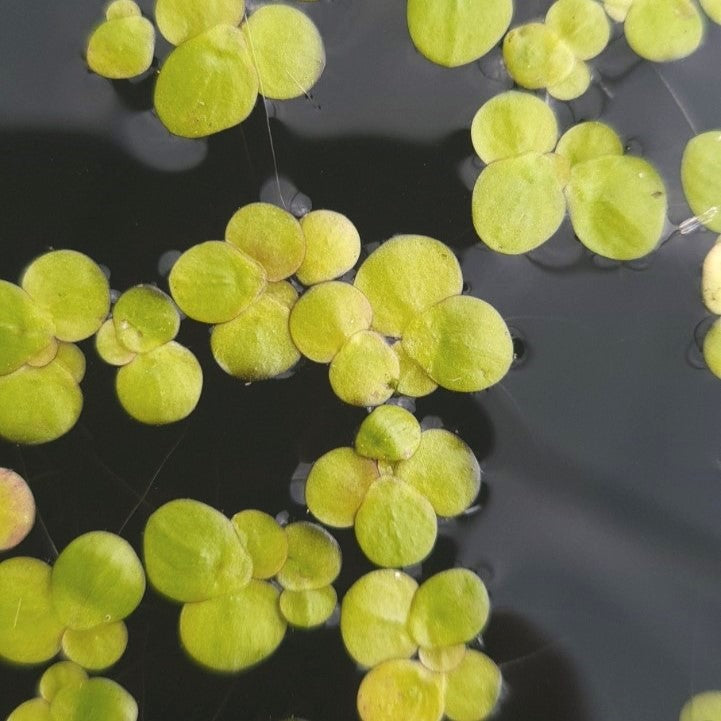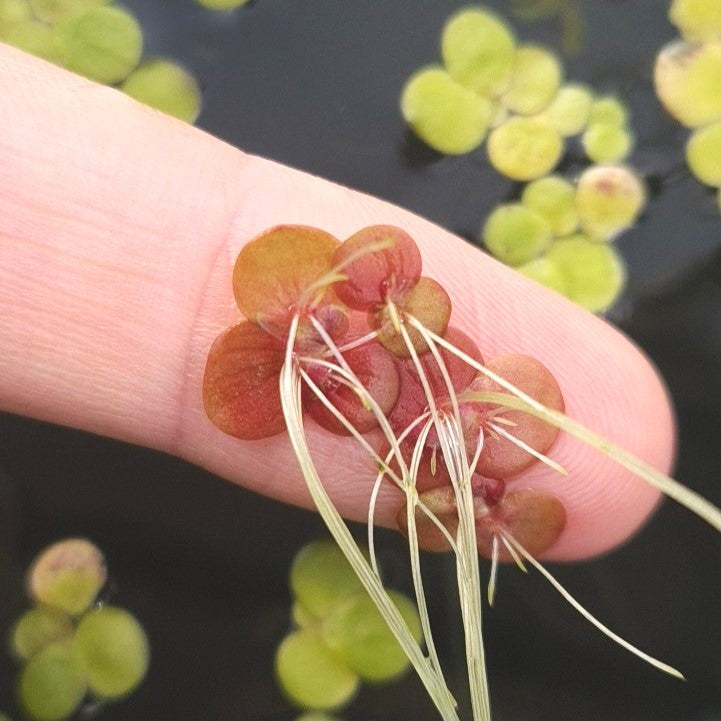Great water lens
Great water lens
Unable to load pickup service availability
(set of 30 lenses)
More rare and original than the classic water lens, it offers the same advantages, plus a superb reddish hue. Its larger size also makes it easier to manage, both in an aquarium and in a pond.
The great water lentil (Spirodela polyrhiza) is just a distant cousin of Lemna minor, the well-known small lentil. Of a different genus but the same family, it grows in exactly the same way and offers the same benefits for your aquatic ecosystem.
"She is a bit more sensitive to the cold, and it is wise, in cold regions, to bring in a few specimens for the winter to find them again in the spring. She is equipped to regenerate herself from dormant forms submerged in the autumn, but you will gain several weeks as soon as the nice days arrive."
"It is a very beautiful floating plant that, when it is happy, multiplies infinitely until it covers the entire surface. In this case, to allow light to continue penetrating deeply, consider removing some as it grows. This operation is much easier than with the small lens, which slips more between the fingers!"
This rapid and continuous growth occurs by consuming large amounts of nitrogen and phosphates in the water, making it a very active depolluting plant.
On the other hand, it does not oxygenate the water, as its leaves are emerged. Hence the importance of leaving some areas free on the surface so that light reaches the oxygenating plants that live underwater: each has its role!
Like all floating plants, the water lentil serves as a support for countless fauna. The upper side of its leaves, exposed to the air, welcomes springtails and even small aphids, which fish relish when they fall into the water! And the underside, with its roots and the lower side of the leaves, hosts intense microscopic life. It is these bacteria and various protozoa that will naturally nourish your very young fry, as well as your daphnia, which can be seen gathering precisely in these spots!
The size of this plant (about 3 to 10 mm per leaf) protects it from the appetite of goldfish, but not from larger carp, for whom it is an excellent plant food.
Its color is a beautiful soft green often tinged with reddish-brown on the upper side, while the underside of the leaves is reddish. The submerged roots can reach 2 cm in length, and the fry like to take refuge there.
Indicative weight: 5g
Share
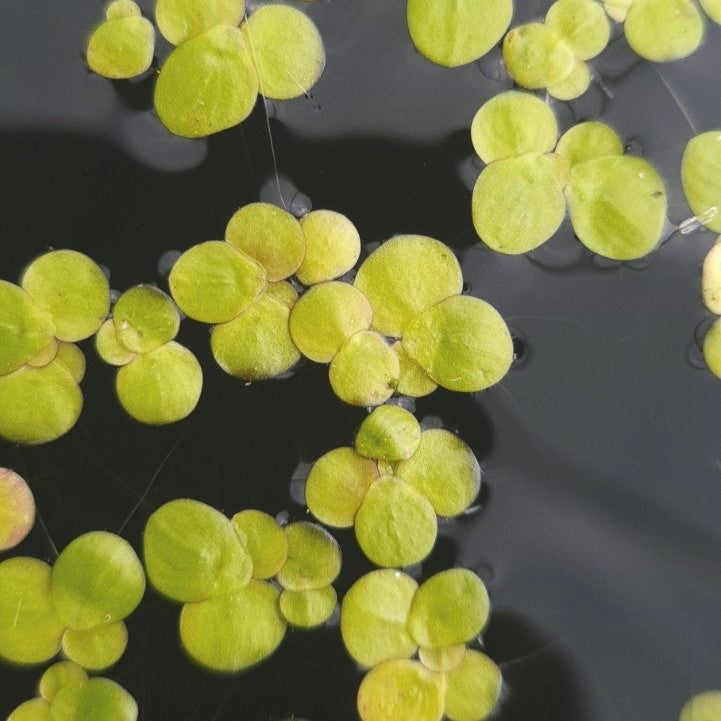
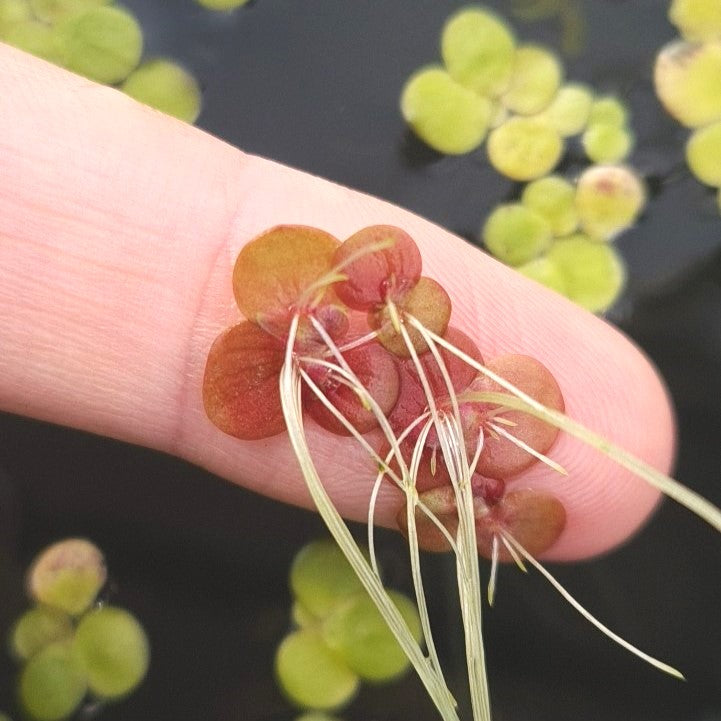
-

Sécurité des envois
Vos articles vivants sont expédiés du lundi au mercredi midi pour éviter tout blocage le week-end.
L'acheminement s'effectue dans un délai indicatif de 48H.
Pour la France, un mode de livraison Express est disponible pour un envoi jusqu'au jeudi midi. -
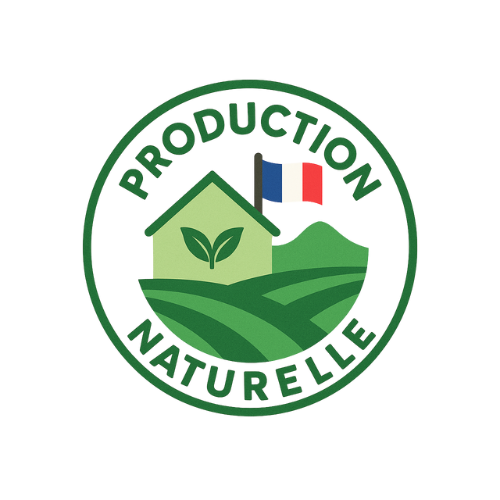
Producteur 100% français
Nous sommes producteurs et éleveurs de plantes et d’invertébrés
aquatiques, dont nous sélectionnons et testons nous-mêmes les
espèces les mieux adaptées à l’aquariophilie naturelle ou low-tech.
Nous les conditionnons à la main pour chaque commande juste avant son envoi : la fraîcheur est donc maximale. -

À votre service
Pas de robots chez Aquazolla !
Nous répondons à vos questions par mail et nous efforçons de nous adapter à vos besoins particuliers : congés, dates d'envoi, conseils, etc.
